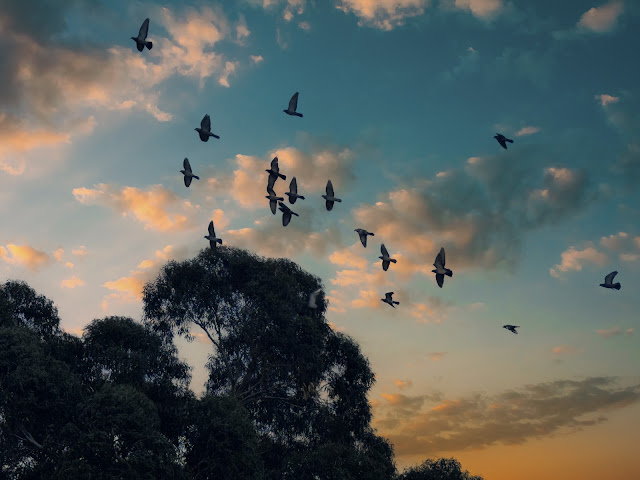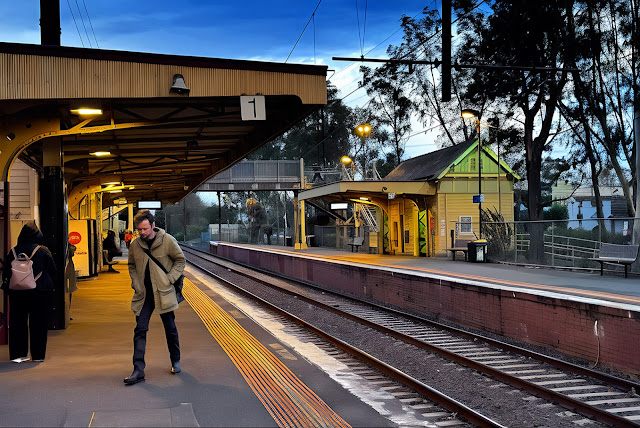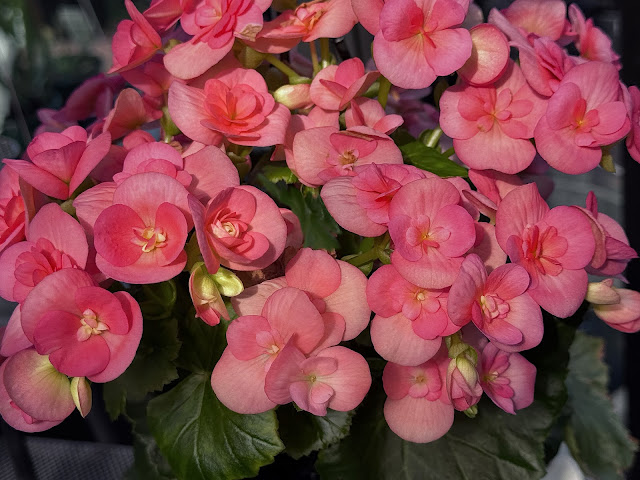Chimonanthus praecox (wintersweet) has been cultivated in China for more than 1,000 years and has been introduced to Japan, Korea, Europe, Australia and the United States. It is a familiar plant in British gardens, where it is grown mainly for its gorgeous scent. The rather insignificant, creamy-yellow, waxy flowers are borne on bare stems from about December to March, with the leaves appearing later.
Long esteemed in China and Japan for its fragrance, many parts of the plant are rich in essential oils and are also used for culinary and medicinal purposes. Wintersweet was introduced to Japan from China during the 17th century, and to Britain, under the name of Calycanthus praecox, a century later. The generic name means "winter-flower', while the specific name means "precocious' as it flowers so early.
It is a deciduous shrub (or sometimes with persistent leaves), up to 3 m high and wide (up to 13 m tall in the wild), with rough, opposite, dark green leaves and small, solitary, highly scented, yellowish flowers borne on short stalks in winter and spring before the leaves appear. The outer petals (tepals) are waxy, almost transparent, in appearance, while the inner tepals are smaller and usually purplish. The flowers are beetle-pollinated.
Named cultivars include Chimonanthus praecox ‘Luteus’, which has slightly larger flowers and yellow inner tepals, and C. praecox ‘Grandiflorus’, a larger shrub, with bigger leaves and larger, but less strongly scented, pure yellow flowers, with red-stained inner tepals.






























